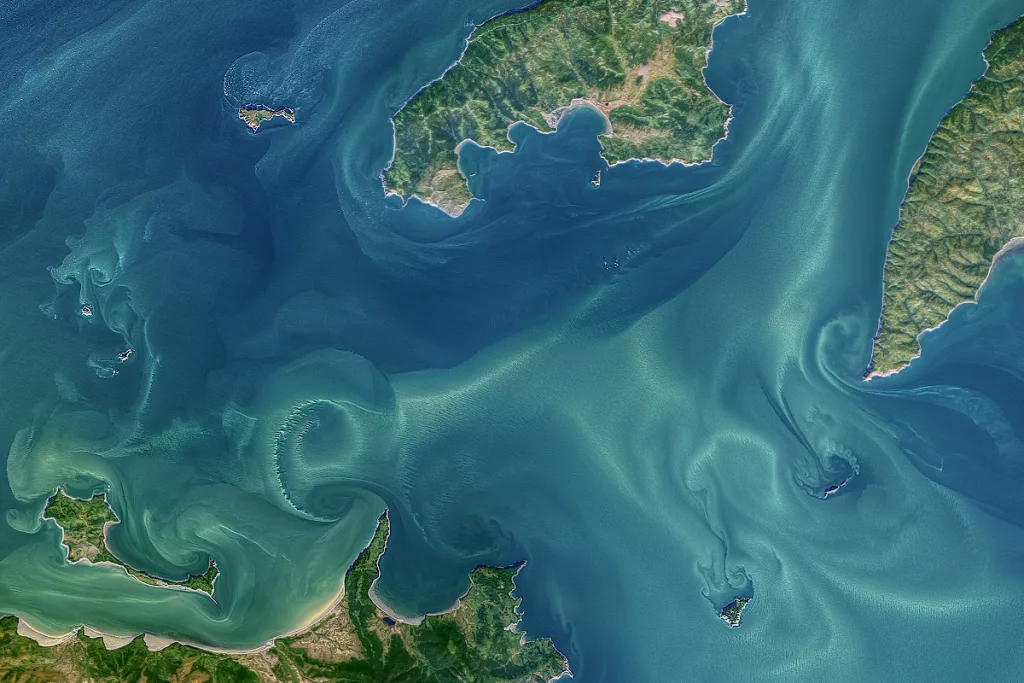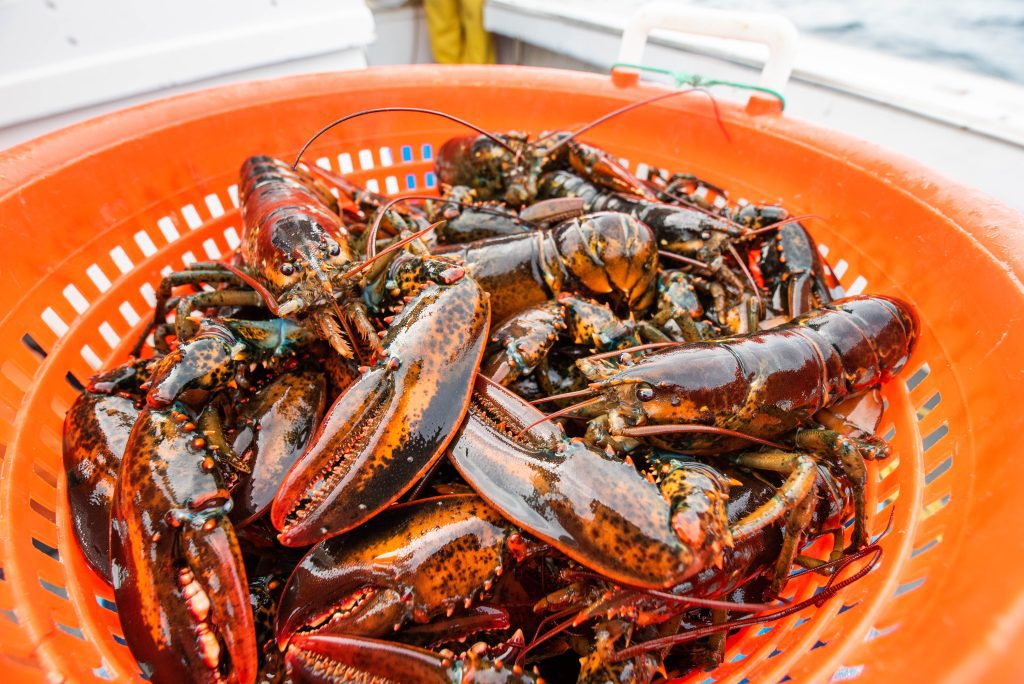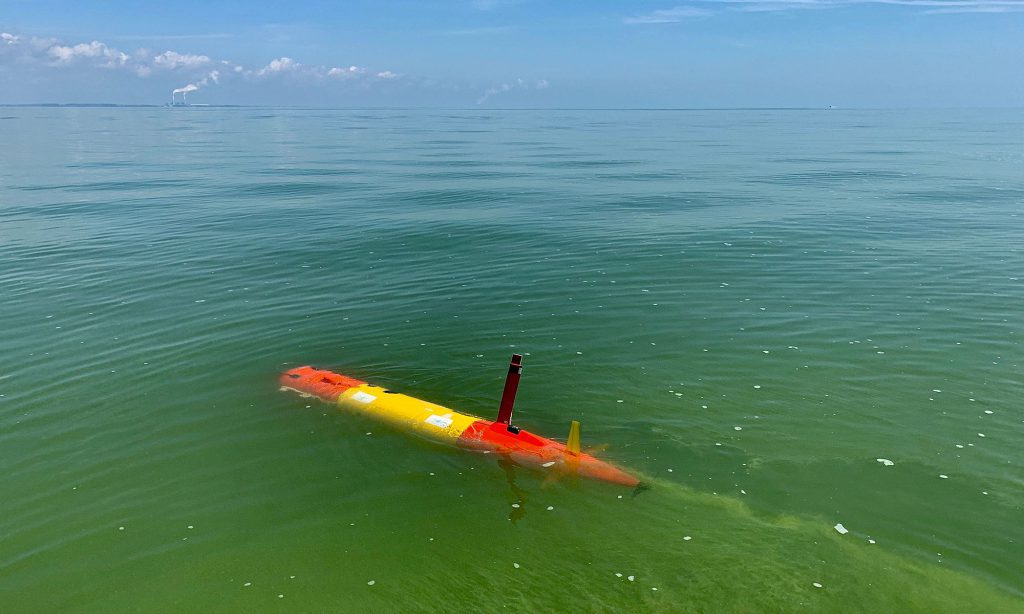Funding opportunity: Ocean and Coastal Carbon Observing Optimization Studies
The NOAA Ocean Acidification Program (OAP), in partnership with the Global Ocean Monitoring and Observing (GOMO) Program is soliciting proposals to optimize sampling strategies that improve carbonate chemistry observing systems co-developed with an observing data product end user. The products can inform real-time data delivery and forecasting of ocean acidification relevant parameters. The optimization design […]
Funding opportunity: Ocean and Coastal Carbon Observing Optimization Studies Read More »





